Net neutrality is dead. Here's what that means.
Your net neutrality questions, answered


Net neutrality will die today. But what, exactly, will we be losing?
Net neutrality is the set of rules that tell internet service providers (ISPs) — think AT&T, Comcast, or Verizon — that they have to treat all internet traffic equally. ISPs can only pump so much data through their proverbial pipes at a given time. Net neutrality forces them to give all websites, content, and services equal weight in distributing access to their pipes. Without net neutrality, ISPs will be able to pick and choose who and what they give full speed to, and who and what they throttle way back.
Supporters of net neutrality argue that it prevents the internet from descending into a feudal system, in which the websites you visit, the information you see, and the media you consume are determined by a few massive gatekeepers. Opponents say net neutrality throttles innovation and competition and keeps internet service slow and sclerotic.
The Week
Escape your echo chamber. Get the facts behind the news, plus analysis from multiple perspectives.

Sign up for The Week's Free Newsletters
From our morning news briefing to a weekly Good News Newsletter, get the best of The Week delivered directly to your inbox.
From our morning news briefing to a weekly Good News Newsletter, get the best of The Week delivered directly to your inbox.
Some form of net neutrality rules have been in place for over a decade. They were first developed by the Federal Communications Commission (FCC), through a somewhat adhoc legal and regulatory process, coming of age along with the internet itself. And today, FCC Chairman Ajit Pai and his two fellow Republicans on the board will vote to scrap them.
Understanding how we got here requires a brief review of internet regulatory policy. (If you've got a half hour, I highly recommend listening to this episode of Vox's podcast "The Weeds.") But here's the short version: The FCC has different regulatory regimes it can impose on companies. Title I regulations apply to what the law calls "information services," and only allow regulators to impose very light rules and demands. Title II regulations are for natural monopolies, like water and electricity providers. Title II treats its subjects as utilities, and allows government regulators to give companies very detailed rules for how they can run their business and what prices they can charge.
For a long time internet service providers were regulated by the FCC under Title I. Net neutrality rules were developed under that framework, first laid down in 2005, then reformed and strengthened under the Obama administration in 2010, fighting off various legal challenges from the industry along the way. Then, in 2014, the courts ruled that net neutrality rules were not allowable under the Title I framework. So Obama's FCC moved the ISPs to Title II. The resulting regulations weren't particularly harsh — but they were certainly more heavy-handed than the way the internet had gone all but unregulated under Title I.
Unsurprisingly, these new net neutrality rules were bitterly opposed by Republicans. When President Trump took office and the GOP won back control of the FCC, they set in motion a plan to "reverse the mistake of Title II and return to the light touch framework that served us so well during the Clinton administration, Bush administration, and first six years of the Obama administration,” as Pai put it.
A free daily email with the biggest news stories of the day – and the best features from TheWeek.com
Now, as you are no doubt aware, internet service is often terrible. Most major U.S. cities only have one or two ISPs to choose from. And the companies are among the most hated of all industries in customer satisfaction surveys.
As it turns out, both supporters and opponents of the FCC's move believe they're trying to solve this problem.
Let's start with Team Trump's case:
Laying down the big cables that carry internet traffic across great distances is expensive. But it's when you get into neighborhoods, and have to lay down the wires that go to each individual customer, that things get really complex and expensive. It's called the "last mile" problem. And it's one of the big reasons there are so few market entrants in the ISP business.
Fans of Pai's move believe that allowing ISPs to discriminate amongst the content that comes through their pipes will fix this. ISPs will innovate new service packages and become more profitable. That will make the upfront costs of the last mile less burdensome, competition will rise, investment in infrastructure will grow, and service will improve.
Critics argue that this is foolhardy, and ISPs will just use their newfound freedom to pick winners and losers. Major established players like Netflix, Amazon, or Apple have the scale and revenue to pay ISPs for the highest speeds. Their competitors and new market entrants will see their services and websites relegated to the slow lane, making it harder to grow a customer base. America's ongoing merger frenzy also means ISPs and the content providers who use their service are increasingly the same corporation. Comcast has a significant investment in Vox, as well as in BuzzFeed. It owns NBCUniversal outright. Without net neutrality, Comcast has an obvious economic incentive to give its own content the highest internet speeds, and throttle competitors.
And there are darker possibilities: Websites that publish radical ideas, or news outlets that publish controversial journalism, could see their internet service choked off and their access to customers die. This is incredibly dangerous to the public good.
Ultimately, where you come down in this debate has a lot to do with whether you think ISPs' monopoly power is an accident that can be reversed, or an inevitable consequence of the nature of the industry. It also has a lot to do with how much faith you put in market capitalism's ability to solve heretofore chronic problems.
Perhaps the biggest single thing that changes today is regulatory certainty. The shift back to Title I will give ISPs a very clear idea of what the government will, and can, do to them. Champions of Pai's move will say this is the point: Regulatory certainty is what companies need to compete and innovate. Critics will say this is exactly the problem: ISPs will know exactly what they can get away with it.
Who's right? Looks like we're about to find out.
Jeff Spross was the economics and business correspondent at TheWeek.com. He was previously a reporter at ThinkProgress.
-
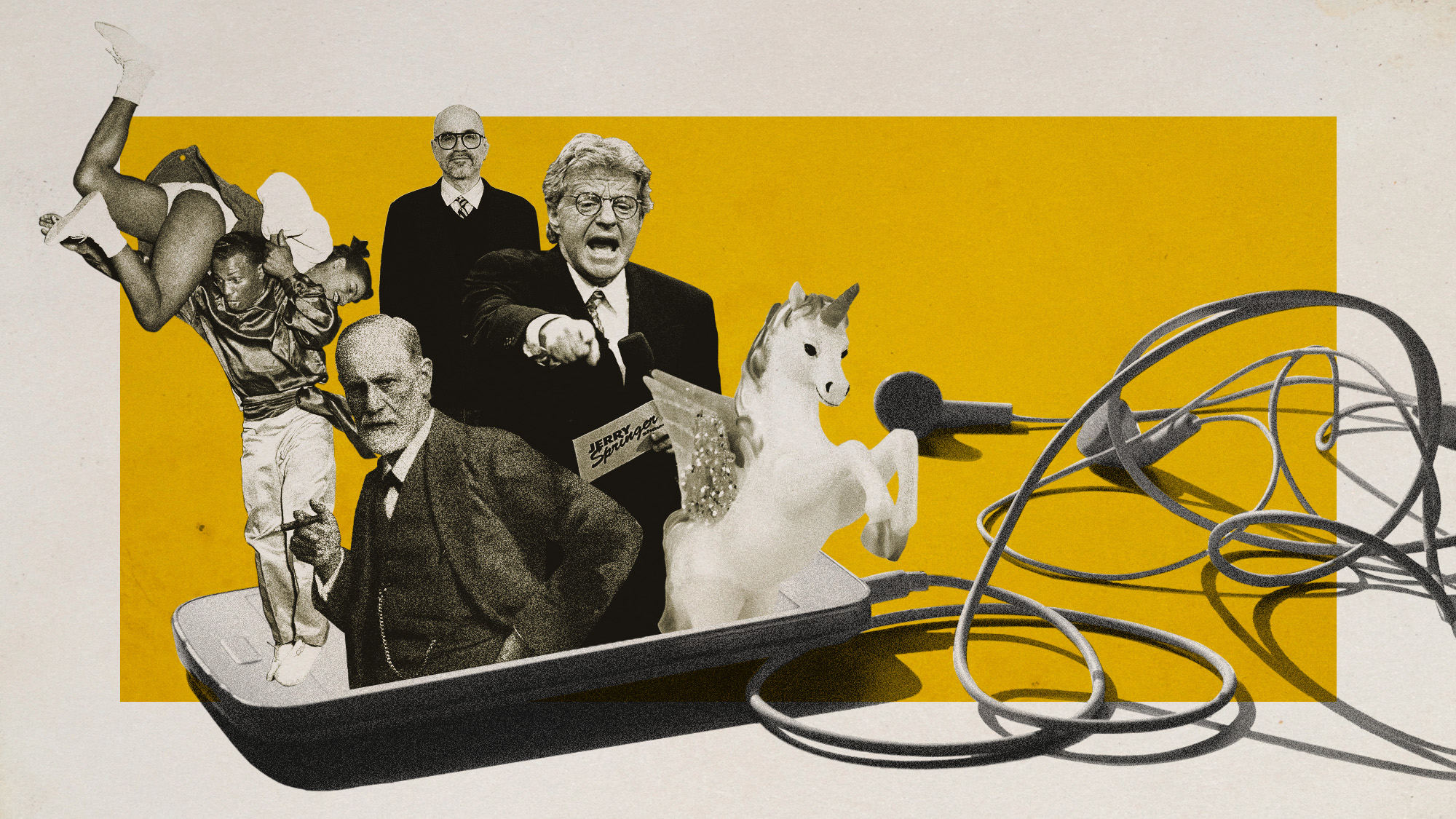 The most memorable podcasts of 2025
The most memorable podcasts of 2025The Week Recommends A round-up of the year's top podcasts that kept listeners tuned in
-
 What is Roomba’s legacy after bankruptcy?
What is Roomba’s legacy after bankruptcy?In the Spotlight Tariffs and cheaper rivals have displaced the innovative robot company
-
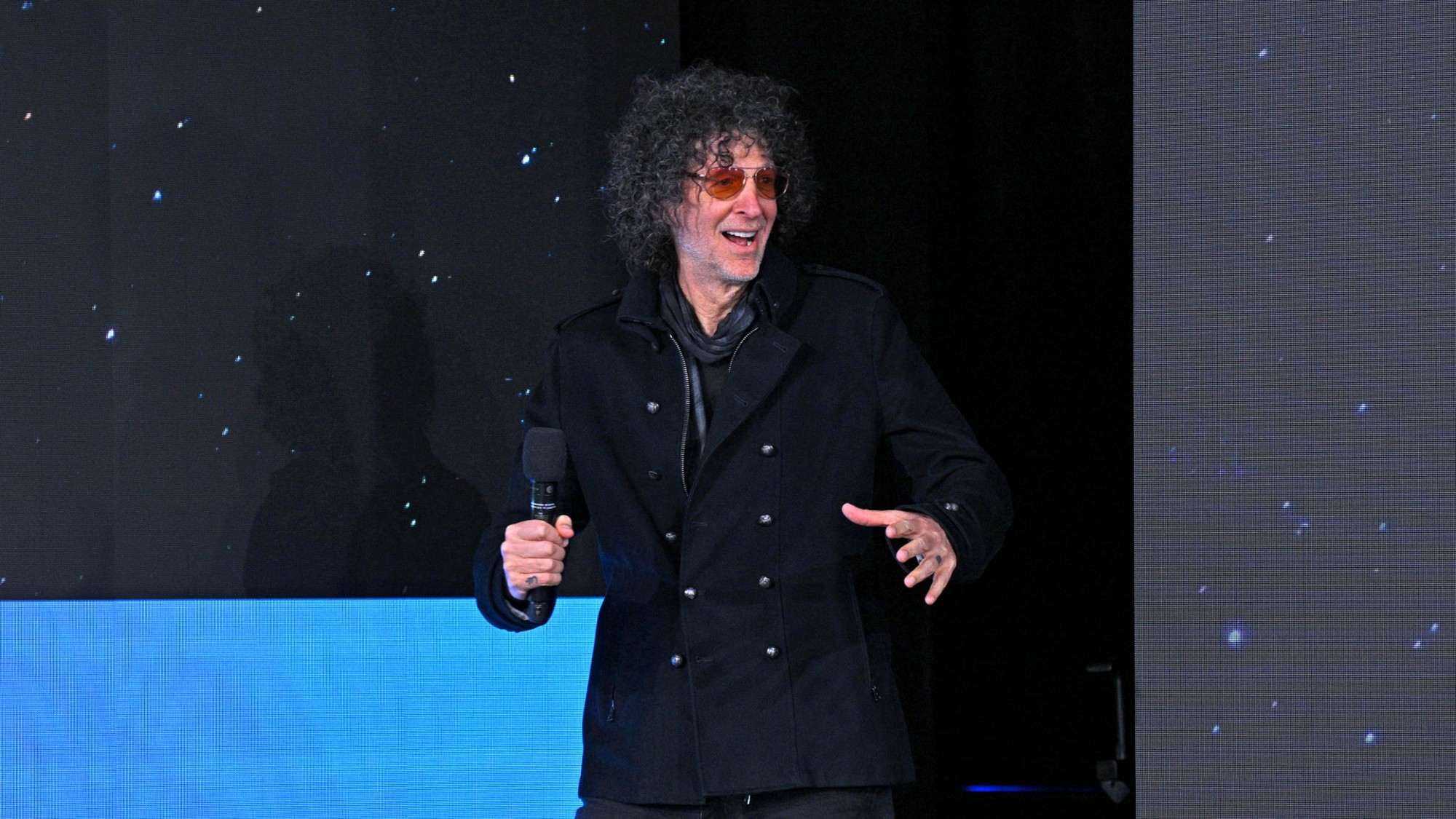 SiriusXM hopes a new Howard Stern deal can turn its fortunes around
SiriusXM hopes a new Howard Stern deal can turn its fortunes aroundThe Explainer The company has been steadily losing subscribers
-
 The pros and cons of noncompete agreements
The pros and cons of noncompete agreementsThe Explainer The FTC wants to ban companies from binding their employees with noncompete agreements. Who would this benefit, and who would it hurt?
-
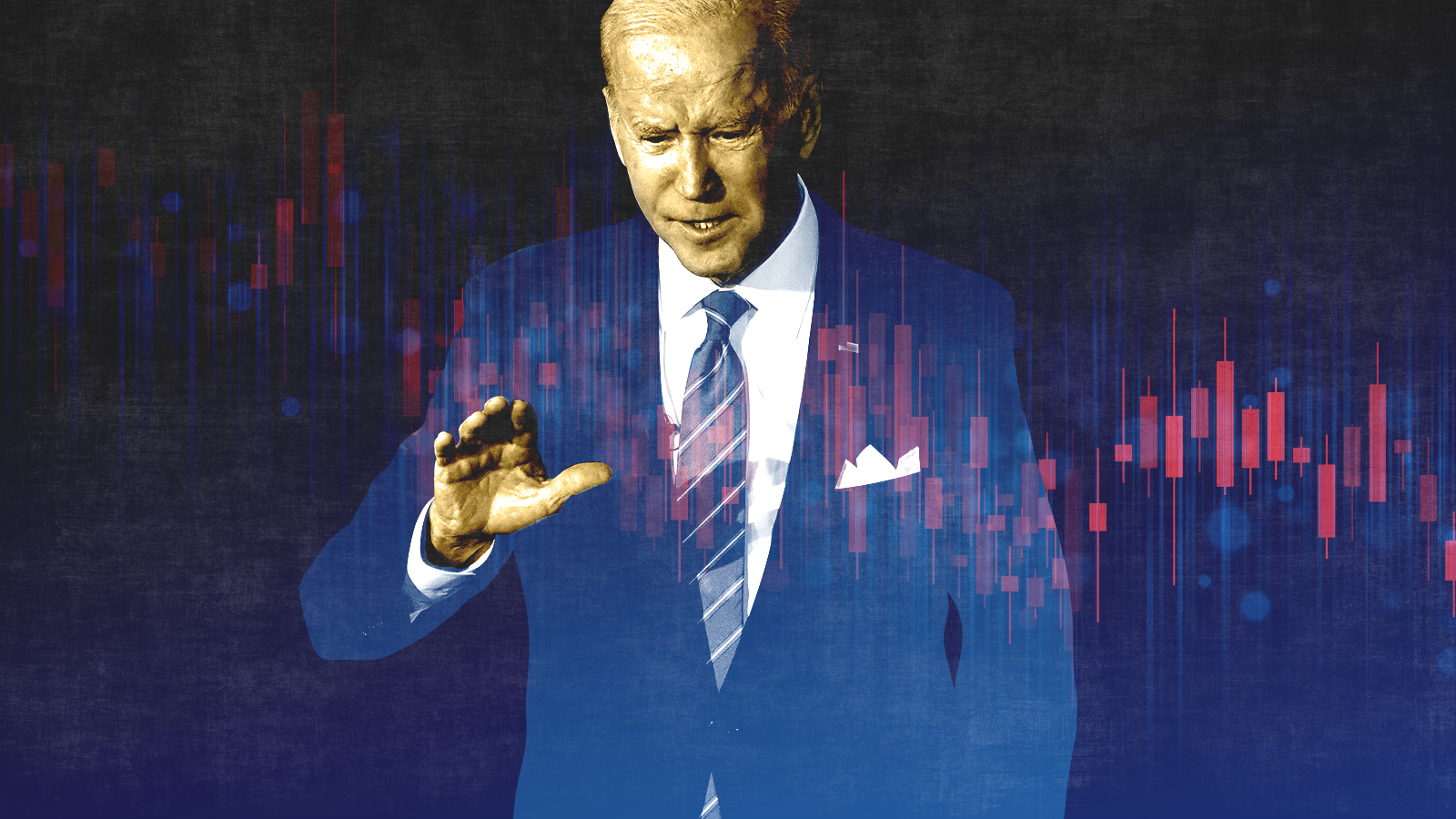 What experts are saying about the economy's surprise contraction
What experts are saying about the economy's surprise contractionThe Explainer The sharpest opinions on the debate from around the web
-
 The death of cities was greatly exaggerated
The death of cities was greatly exaggeratedThe Explainer Why the pandemic predictions about urban flight were wrong
-
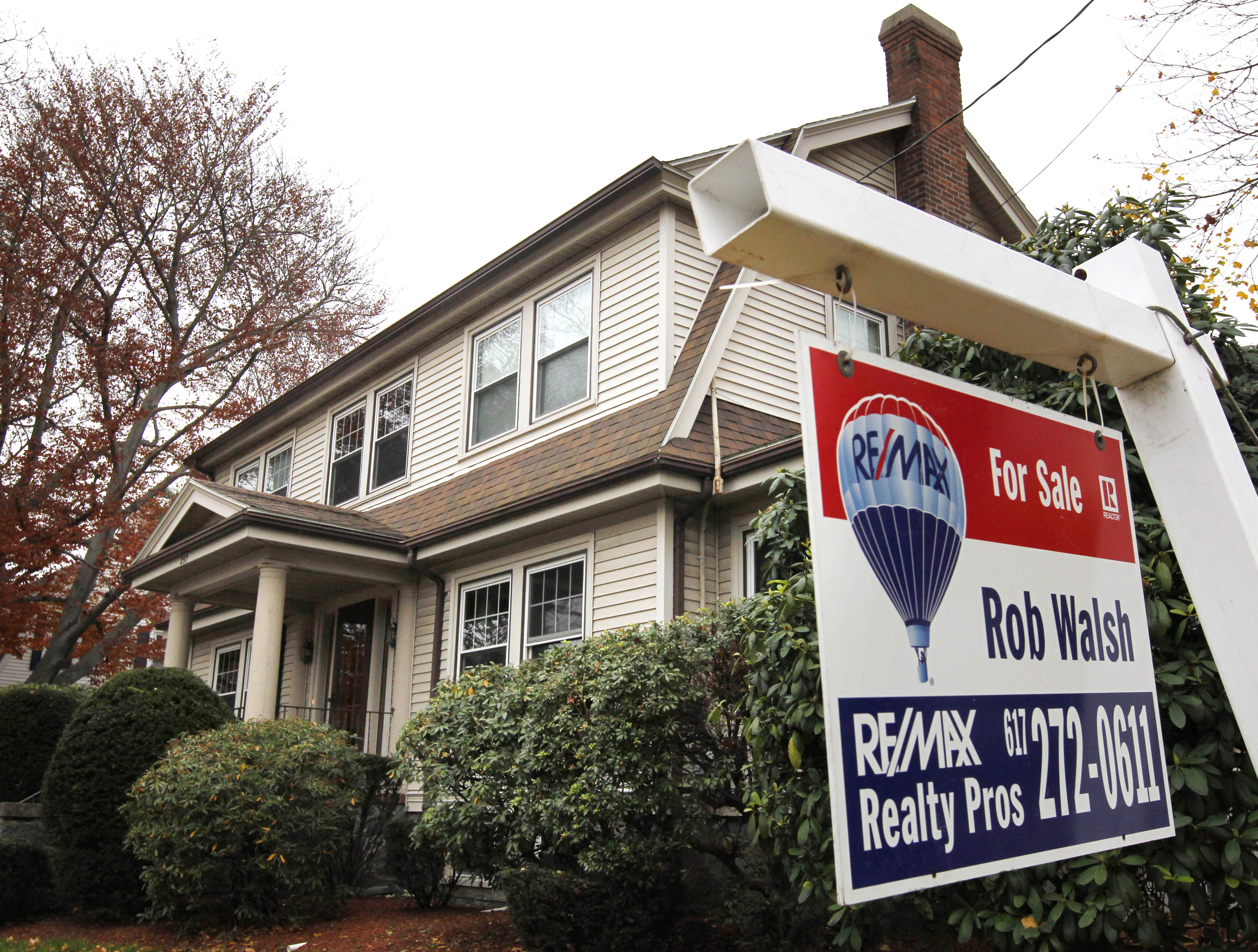 The housing crisis is here
The housing crisis is hereThe Explainer As the pandemic takes its toll, renters face eviction even as buyers are bidding higher
-
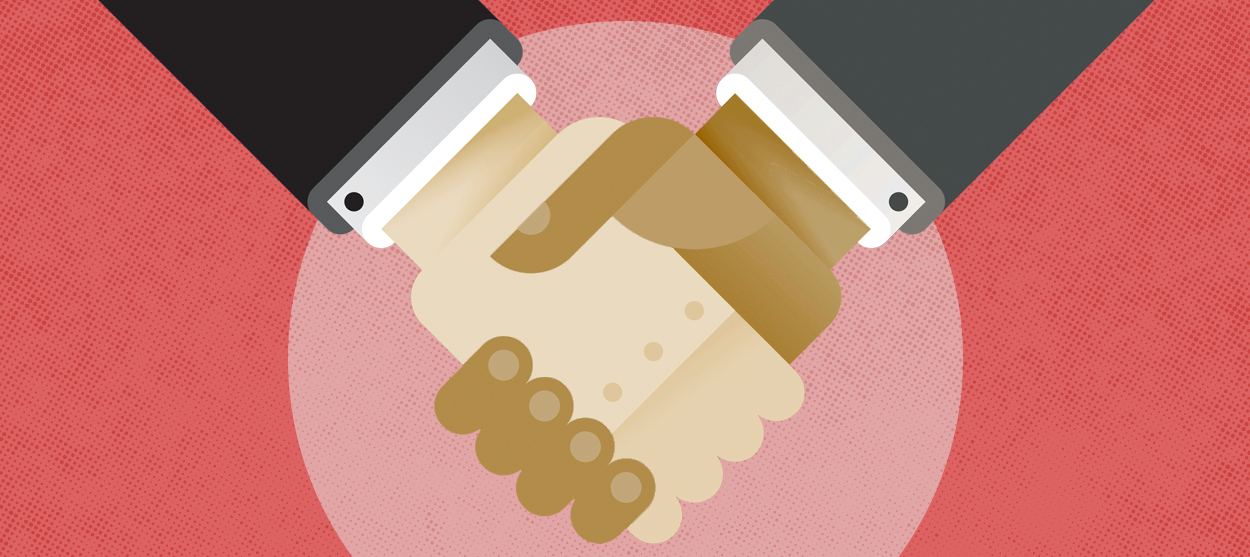 How to be an ally to marginalized coworkers
How to be an ally to marginalized coworkersThe Explainer Show up for your colleagues by showing that you see them and their struggles
-
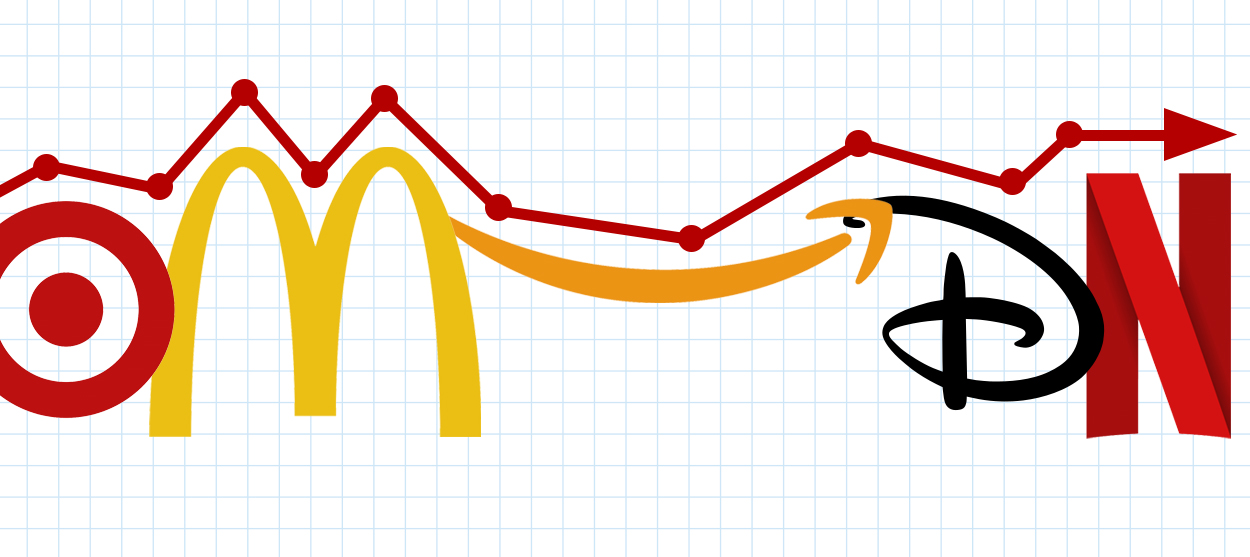 What the stock market knows
What the stock market knowsThe Explainer Publicly traded companies are going to wallop small businesses
-
 Can the government save small businesses?
Can the government save small businesses?The Explainer Many are fighting for a fair share of the coronavirus rescue package
-
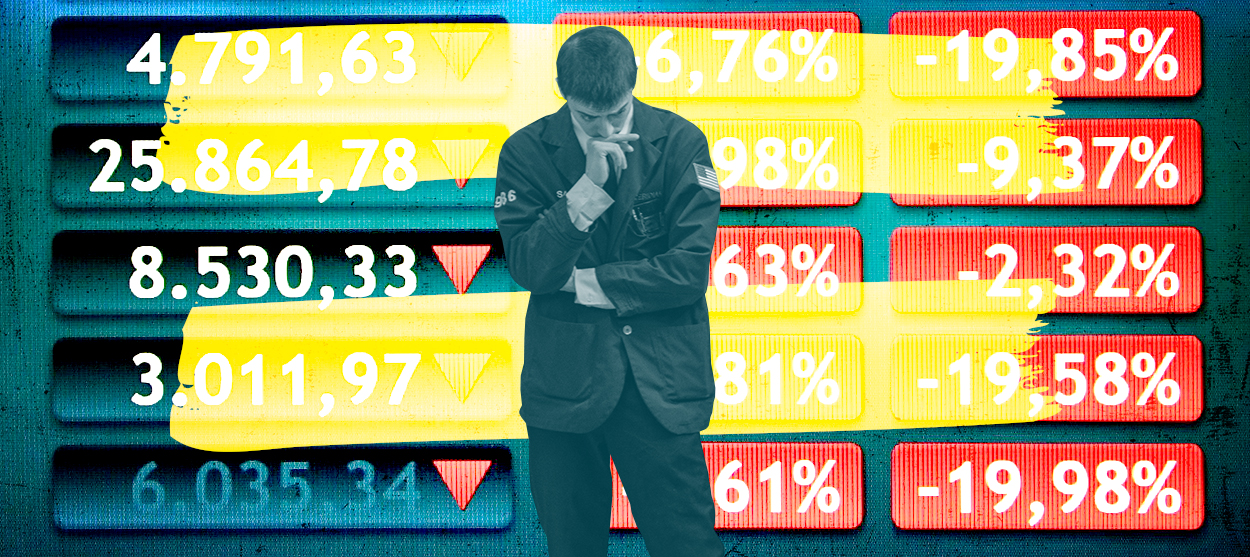 How the oil crash could turn into a much bigger economic shock
How the oil crash could turn into a much bigger economic shockThe Explainer This could be a huge problem for the entire economy
